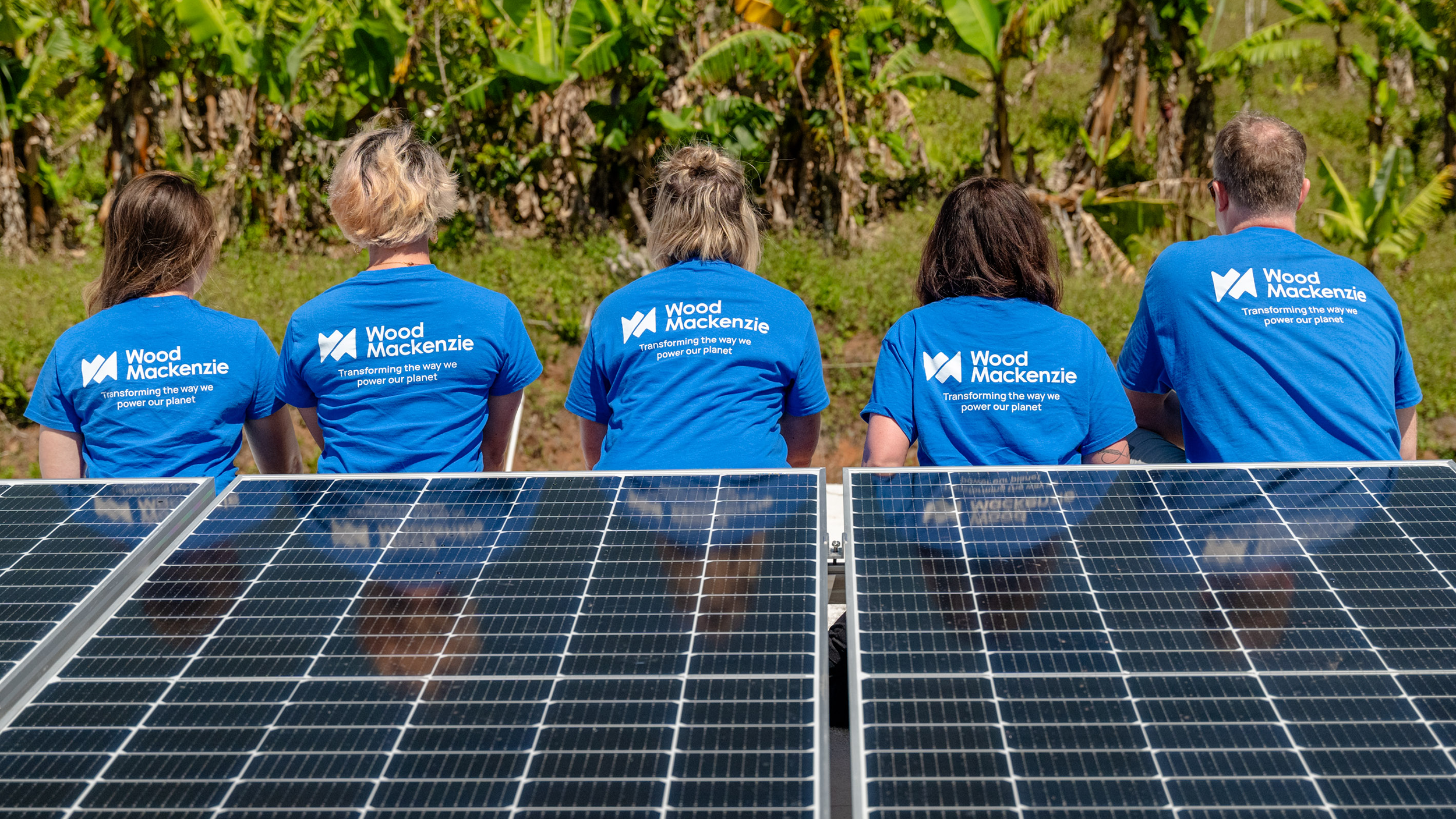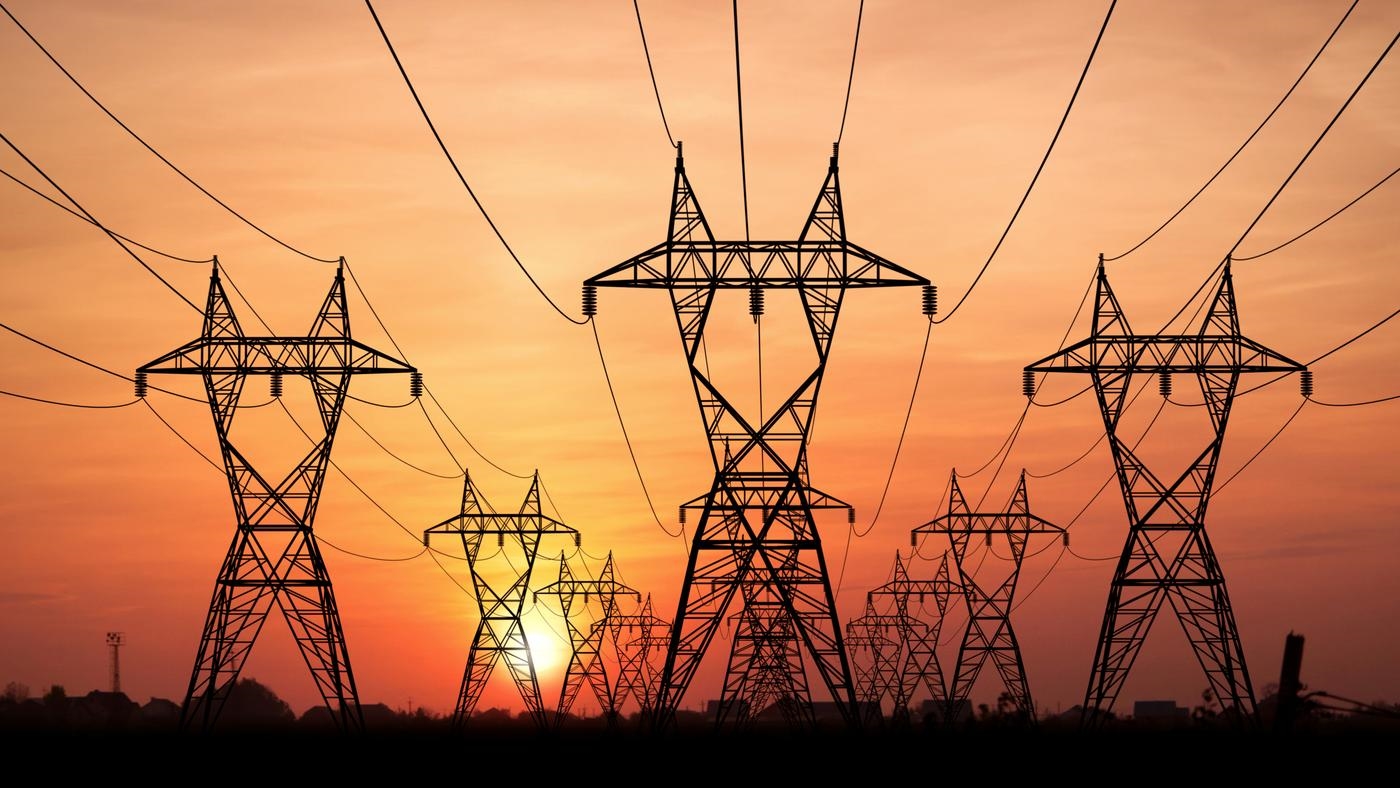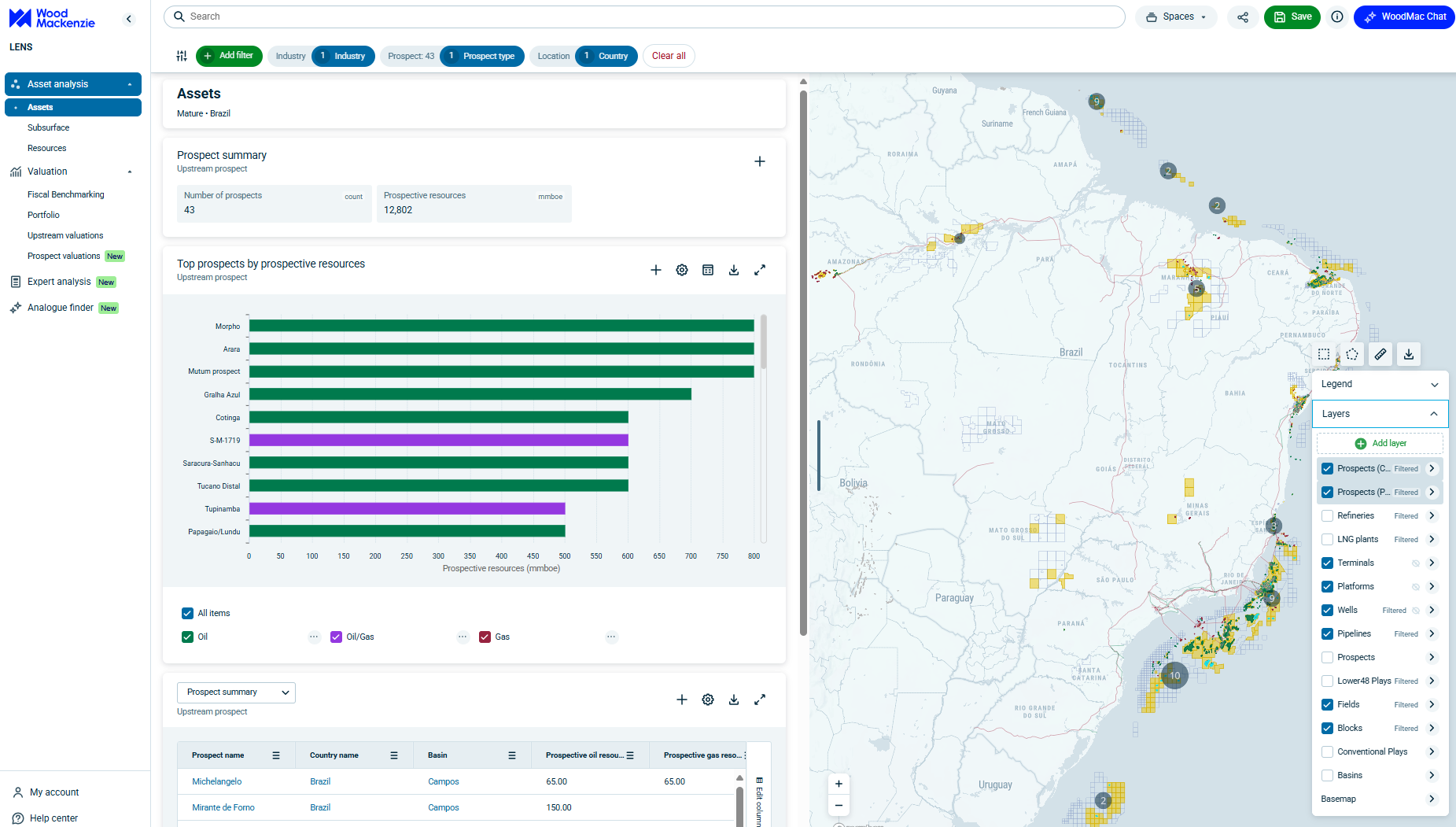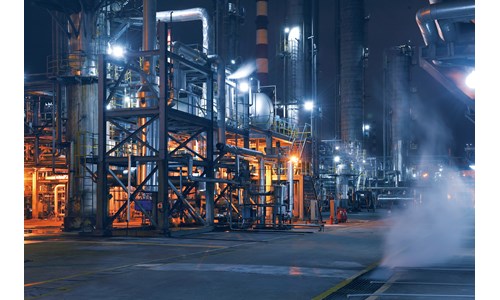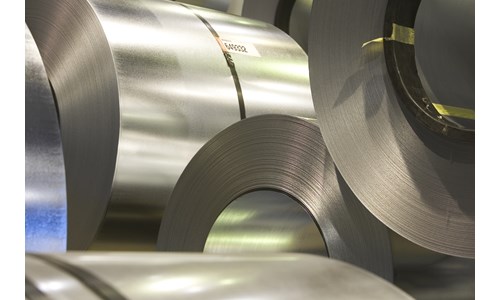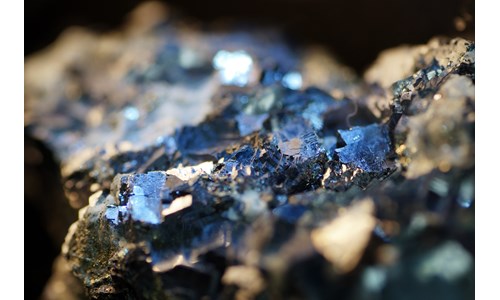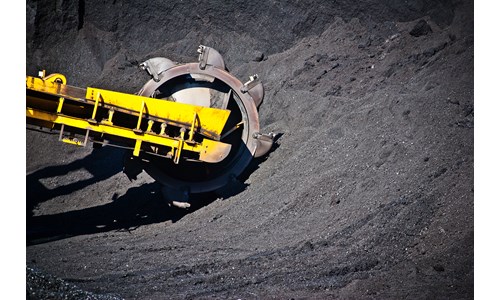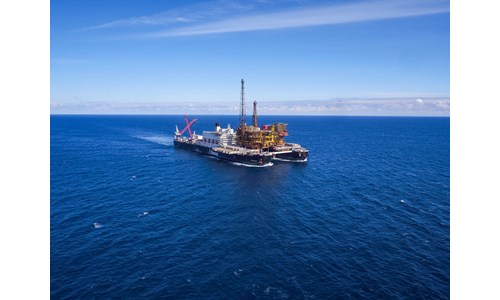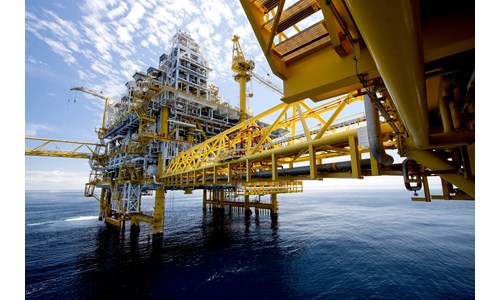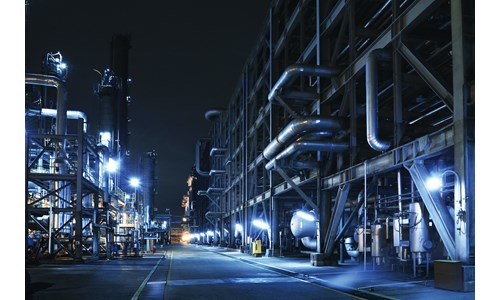Last mine standing: how much overcapacity is there in the Powder River Basin?
*Please note that this report only includes an Excel data file if this is indicated in "What's included" below
What's inside this report?
The shift to cleaner power has led to a sharp decline in coal consumption for power generation.
As coal demand declines, how will this affect one of the main areas of coal supply in the US: the Powder River Basin?
Read our report for:
- Our outlook for Powder River Basin prices, mining capacity, and its competitive landscape
- Bankruptcy analyses for the basin
- Regional supply-demand fundamentals, and an assessment of who stands to lose the most from the basin’s long-term structural decline
- Location maps and production estimates for 2019
Report summary
Table of contents
- Recent events
- PRB supply, demand and price
- Mining capacity in the PRB
- Bankruptcies of Blackjewel and Cloud Peak
Tables and charts
This report includes the following images and tables:
- Powder River Basin production by company (Mst)
- Deliveries to EGUs by heat content (Mst and US$/st)
- PRB supply curve with US$20/st transportation costs by heat content (US$/mmbtu)
- Operating EGU capacity that burns any amount of PRB coal (GW)
- PRB apparent capacity vs. EIA annualised weekly shipments (Mstpa)
- PRB production by heat content (Mst)
- PRB delivered to coal-fired EGU (Mst)
What's included
This report contains:
Other reports you may be interested in
China’s NEA targets coal mine capacity violations
Can new guidelines rescue the prolonged bearish market?
$1,100Powder River Tight Oil Key Play
A detailed analysis of the Powder River Basin built from the reservoir level up.
$22,800Powder River Niobrara tight oil unconventional play
A detailed analysis of the Powder River Niobrara tight oil unconventional play.
$2,800